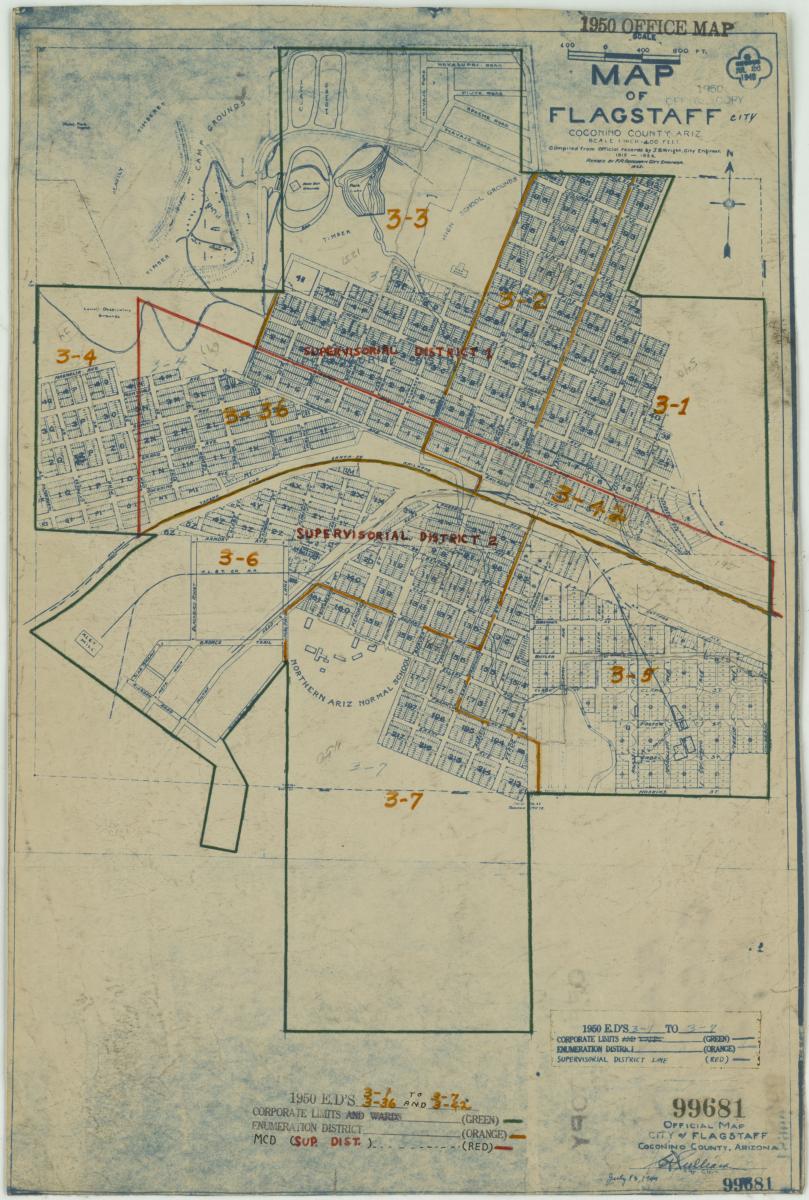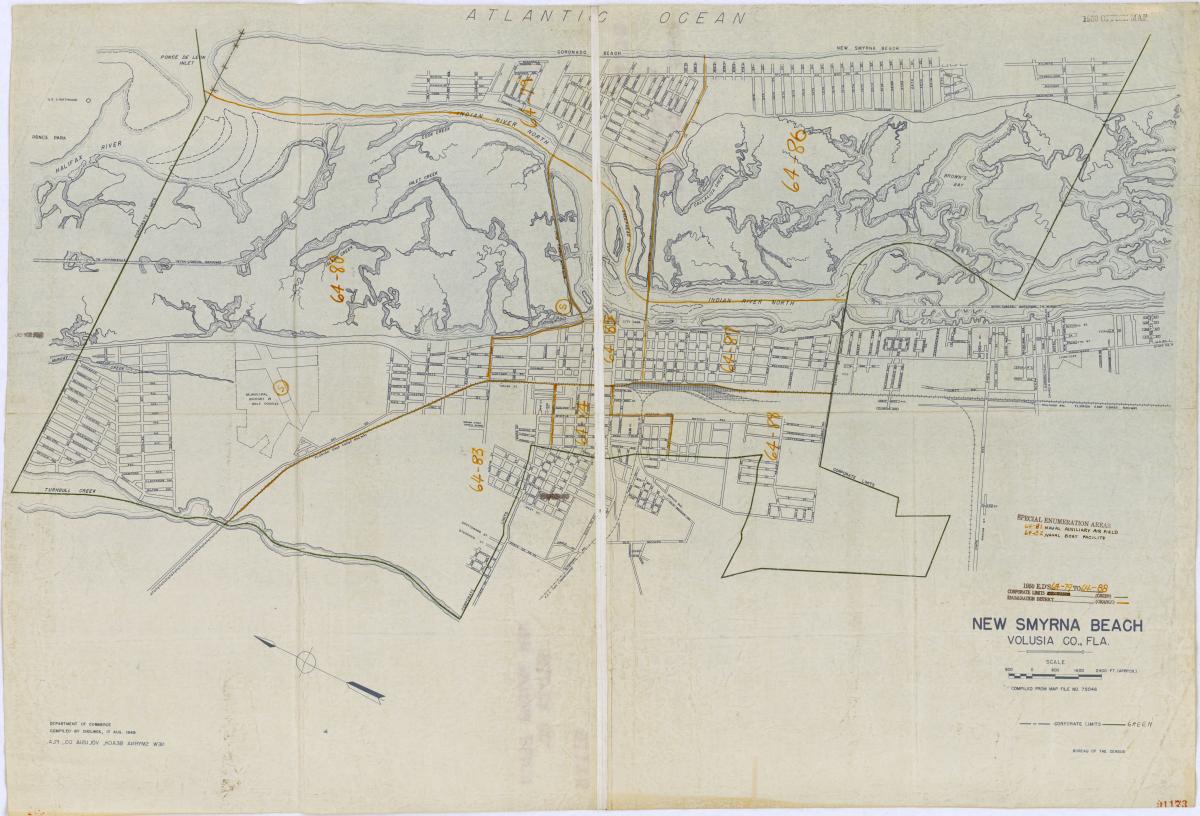
1950 Census on Track for 2022 Release, Despite Pandemic
By Hilary Parkinson | National Archives News
WASHINGTON, April 30, 2021 — With less than a year to go before the release of the 1950 census, National Archives staff are working to ensure researchers around the world can access the records as planned on April 1, 2022.
The Constitution requires that a census be taken every decade, and the results remain closed and sealed until 72 years later, when the National Archives releases them to the public. Despite the COVID-19 pandemic and employees who were suddenly working remotely, preparations for next year’s release of the 1950 census continue, and the timeline remains unchanged.
Part of the reason is that preparation for census releases begins many years in advance. As genealogists were digging into the 1940 census release in April 2012, archival staff were beginning to work on the 1950 census.
One major change from years past actually helped staff be ready to work on the 1950 census: digitization. The 1940 census was the first to be digitized and released online rather than only as microfilm accessed in a research room. The demand for digital access in 2012 was already strong, but it has only grown stronger over the ensuing years. The closure of research rooms due to COVID-19 meant that digital access was the only access for staff as well.
“Fortunately, most of the rolls had already been scanned before March 2019,” said Claire Kluskens, genealogy/census subject matter expert and digital projects archivist. The original paper records had been microfilmed by the Census Bureau in 1952, and NARA imaging staff scanned the microfilm.
While most of the digitization was complete, the work of matching images to the correct enumeration districts had not started before the COVID-19 pandemic shut down the National Archives Building, where the work was supposed to be done.
All staff working with census data need special clearances because the information is restricted until the public release, and they need the ability to access the images that are stored on a secure server. With employees working at home and the 2022 deadline looming, the approach to this part of the project had to be completely reimagined in terms of a remote workforce. Kluskens has also been working on preparing family historians for this release. Her long career at the National Archives means that she brings a wealth of experience and understanding to the records. She has been sharing that with an online audience through a 1950 census blog post series on the History Hub.
“Since November, I’ve been able to go into the National Archives Building one or two days a week, which has enabled access to the administrative records of the Bureau of the Census. There are several series pertaining to the 1950 census, two of which are quite voluminous,” said Kluskens. “I’ve located interesting and useful material that helps provide background information, blank forms, and so forth.”
While researchers cannot access these records yet, they can begin preparing for the release of the census. Kluskens suggests collecting addresses or residence areas for people of interest. City directories, which give addresses for households in cities, can be found online on various commercial and library websites.
Some information, like 1950 census enumeration district maps, is already available in the online Catalog.
“Researchers can use modern maps to orient themselves to where those addresses/locations are (or were), and then consult the enumeration district [ED] maps and descriptions to determine which EDs they will need to search,” said Kluskens.
Enumeration district descriptions will also be available in the National Archives Catalog after staff itemize them. In the meantime, enumeration district descriptions and other tools are available on https://stevemorse.org/.
For information on how to research the 1950 data when it becomes available, visit the guide for the 1940 census.
Additionally, the 1940 census data is now available for download as a full dataset. Read about how to access these newly released records on National Archives News.

